This time, we will take stock of the ten must-see spots in China’s largest city, the “Magic City” Shanghai.
1.The Bund
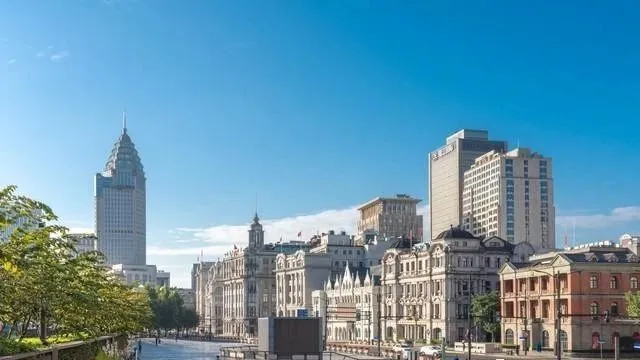
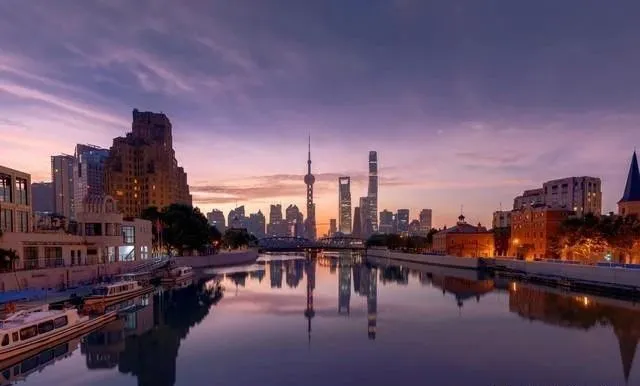
The Bund, located on the bank of the Huangpu River in the central area of Shanghai, is a scenic spot in Shanghai and a must-see for tourists visiting Shanghai. The Bund is also known as Zhongshan East 1st Road and is about 1.5 kilometers long.
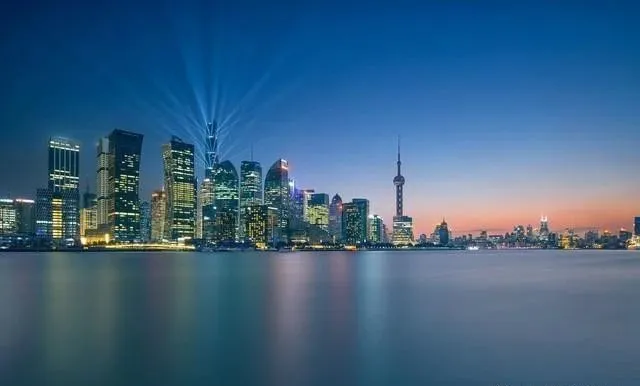
It faces the Huangpu River in the east and has 52 buildings of different styles, including Gothic, Roman, Baroque, and a combination of Chinese and Western styles, on the west. It is known as the “World Architecture Expo”. The wide Huangpu River is clean, and large and small ships come and go on the river. The east bank of the Huangpu River is full of tall buildings, each with its own style and magnificent, including the Oriental Pearl TV Tower, Jinmao Tower, and the World Financial Center. The trees on the shore are lush and beautiful.
2.Shanghai Disneyland
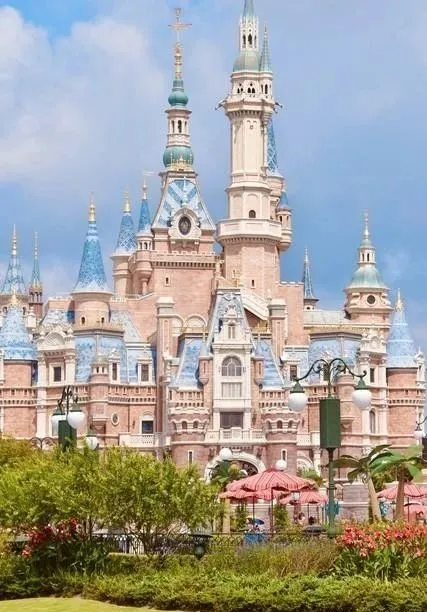
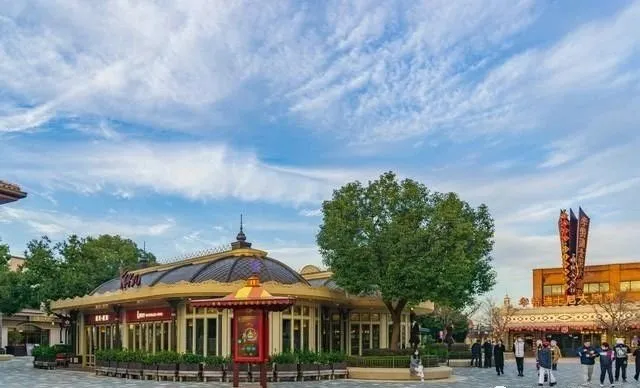

Shanghai Disneyland is located in the core area of Disney Resort. It is a paradise full of joy for all ages. The park is centered on the Fantasy Fairytale Castle and has six major theme areas: Mickey Avenue, Imagination Gardens, Adventure Island, Tomorrowland, Treasure Cove, and Fantasyland (with the Fantasy Fairytale Castle). There are also long parade routes and night sky fireworks shows.
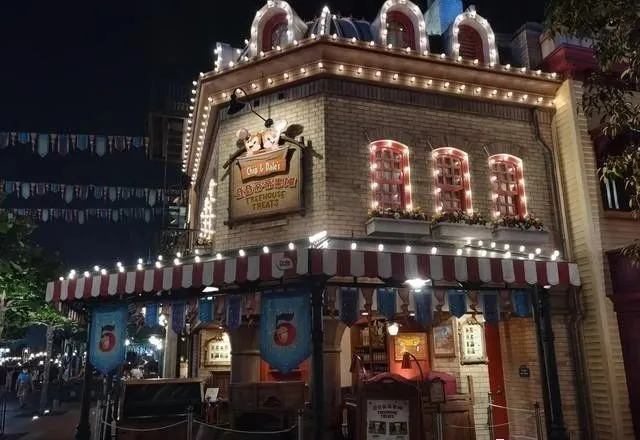
It is also a paradise with excellent facilities and a pleasant environment, with everything you need for food, accommodation, entertainment and shopping, and convenient transportation, with direct subway access. Shanghai Disneyland is a real paradise.
3.Shanghai Wild Animal Park


Shanghai Wild Animal Park is a theme park that integrates wildlife breeding, exhibition, breeding protection, science education and leisure and entertainment, bringing together animals from all over the world.
You can take a tour bus to observe the lives of wild animals such as Siberian tigers, African lions, black bears, and watch animal performances such as elephants, giraffes, and flamingos; there is also a “small animal park” that is popular with children, where you can experience the fun of feeding alpacas with your own hands.
4.Yu Garden
Shanghai Yu Garden is located in the northeast of Shanghai Yu Garden Tourist and Commercial District, adjacent to Shanghai City God Temple and Shanghai Yu Garden Tourist Mall. It is a well-known Jiangnan classical garden and a famous scenic spot known both at home and abroad.
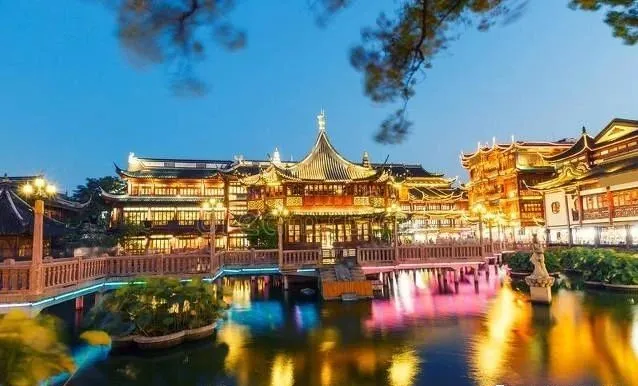
Yu Garden was first built during the Jiajing and Wanli periods of the Ming Dynasty, and has a history of more than 450 years. The owner of the garden, Pan Yunduan, was once the governor of Sichuan. In order to let his father enjoy his old age, Pan Yunduan began to build a garden on his own vegetable field in 1559, the year of the Jiajing period of the Ming Dynasty, by gathering stones, digging ponds, building pavilions and planting bamboos.

After more than 20 years of hard work, Yu Garden was built. Yu means peace and tranquility, and the name Yu Garden means that Yu is happy with the elderly. Yu Garden is one of the famous attractions in Shanghai. The construction of this park is mainly to meet the entertainment and fun of citizens after dinner. The scenery of the park is pleasant and unique.
5.Oriental Pearl Tower
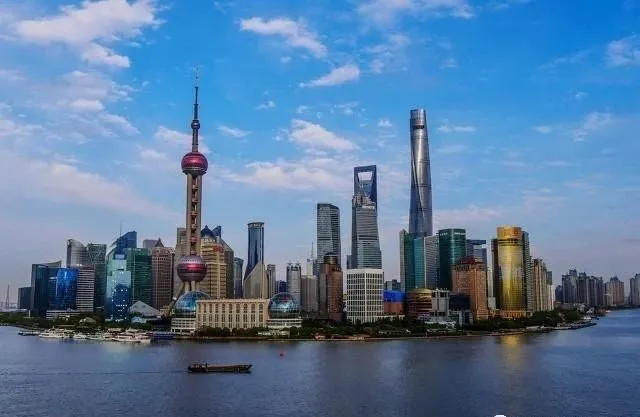
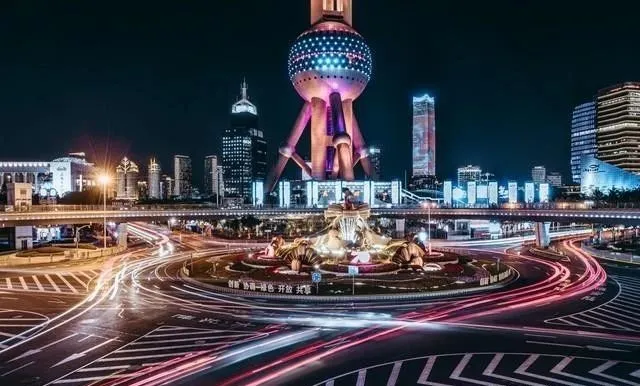
The Shanghai Oriental Pearl Radio and Television Tower is located on the bank of the Huangpu River in Shanghai, at the tip of Lujiazui in Pudong. With an absolute height of 468 meters, it is the tallest tower in Asia and the third tallest in the world. The Oriental Pearl Tower stands out among the modern buildings in Lujiazui, and complements the Bund International Architecture Expo across the river, showing the spectacular scenery of an international metropolis. The Oriental Pearl Tower integrates sightseeing, dining, shopping and entertainment, Huangpu River tours, conferences and exhibitions, historical displays, travel agencies and other service functions, becoming one of Shanghai’s landmark buildings and tourist hotspots. The Oriental Pearl Tower has eleven towers of different sizes and is well-proportioned, making it a landmark building in Shanghai.
6.Sihang Warehouse
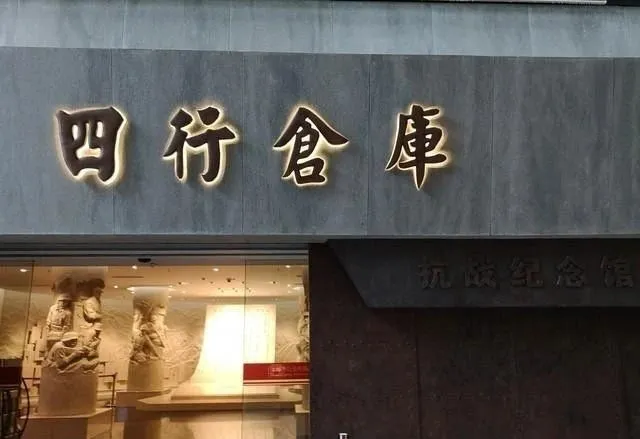
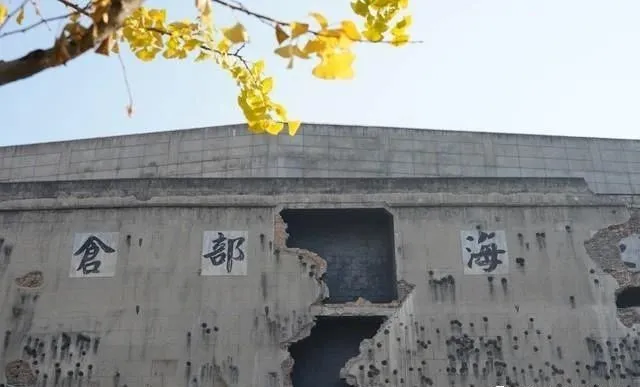
The Sihang Warehouse site is located at No. 21, Guangfu Road, Jing’an District, Shanghai. Anyone who has seen the movie “Eight Hundred” will be moved by the heroic spirit of the eight hundred warriors in the movie to resist the Japanese aggression. Many people also come here to commemorate the heroes. When you enter the memorial hall, the first thing you see is a letter written by Xie Jinyuan to his wife, which is awe-inspiring.
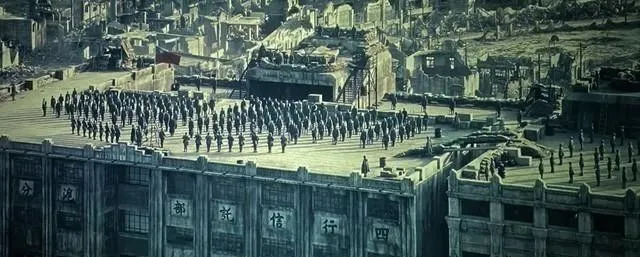
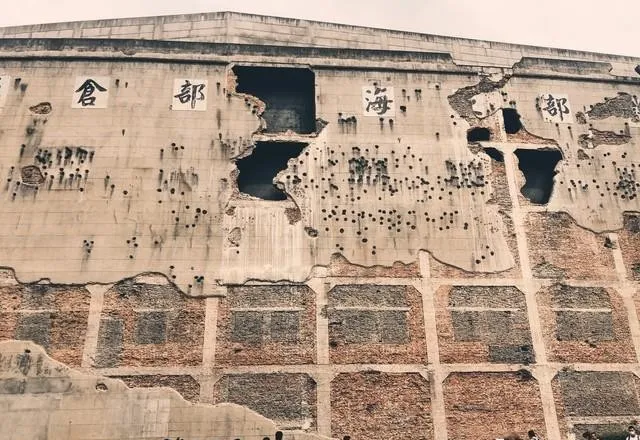
The eight hundred warriors fought alone for four days and four nights, using their lives to protect the dignity of a nation. The memorial hall consists of six parts: the prologue hall, “Blood Battle of Songhu”, “Stick to the Four Banks”, “Lonely Fight”, “Immortal Monument” and the final hall. It uses real objects, sculptures, modern technology and other means to reproduce the battle scenes of that year, and uses graphic display boards, huge paintings and other forms to show the historical facts of the Shanghai people’s participation in the national war of resistance and the joint fight against foreign aggression.
7.Qingxi Country Park
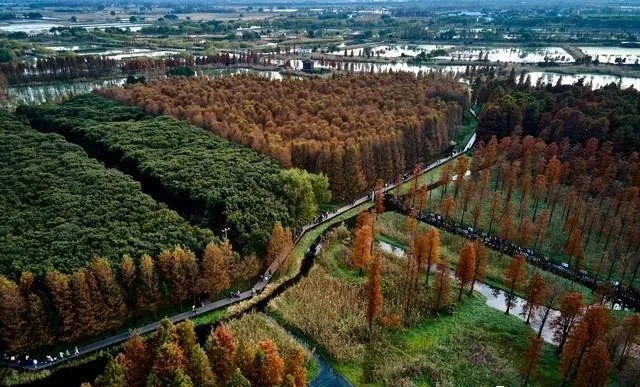
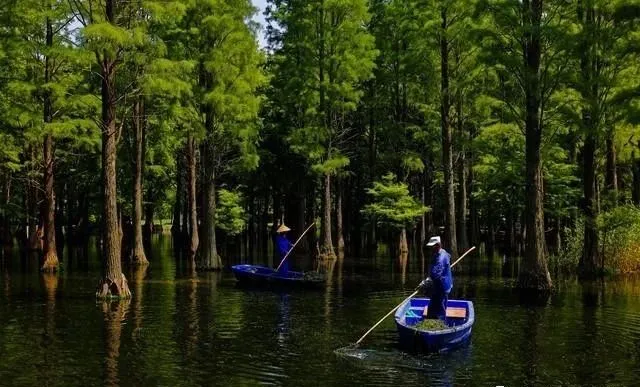
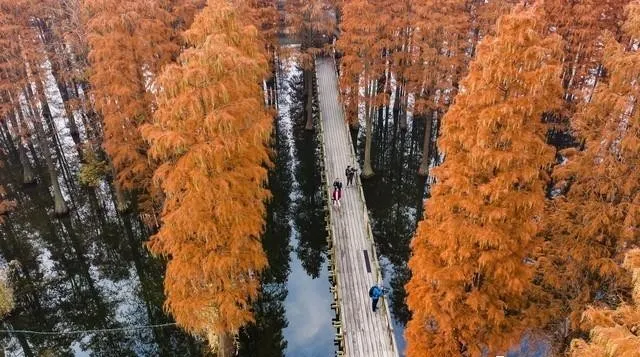
The park has a good ecological environment and rich species resources. Lakes, beaches, ponds and islands are crisscrossed, and wetlands, lakes, rivers and forests form a diverse ecosystem. The park is mainly characterized by wetlands and has three functional areas. With Dalian Lake as the center, there are water farmland demonstration areas, ecological conservation areas and fishing village leisure experience areas. Natural villages are also preserved in the park, and there is a Lianxin Island in the middle and south of Dalian Lake.
8.Wukang Road
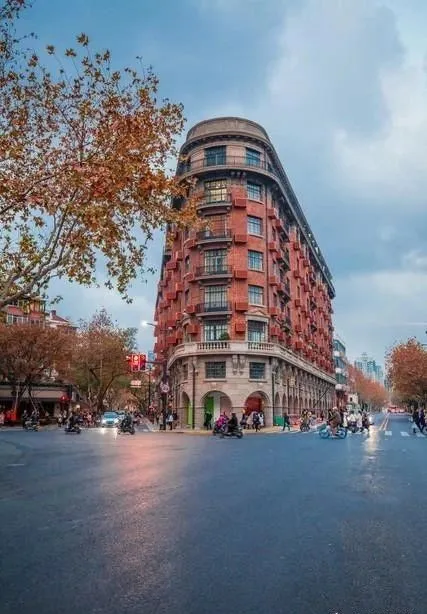
Wukang Road is a road in Xuhui District, Shanghai. It is known as the “Celebrity Road” that “condenses Shanghai’s modern history for a hundred years”. There are a total of 14 outstanding historical buildings and 37 preserved historical buildings along the road.
On June 11, 2011, Wukang Road in Xuhui District, Shanghai was selected as the third “Famous Street of Chinese Historical Culture” approved by the Ministry of Culture and the State Administration of Cultural Heritage. The western-style buildings on both sides of the street are inhabited by wealthy businessmen, senior officials and celebrities. There are more than 30 former residences of celebrities on the whole road, which is worthy of being a celebrity street that condenses the modern history of Shanghai for a hundred years. No. 99 is the former residence of Liu Jingji, and the movie “Lust, Caution” was filmed here. No. 113 is the former residence of Ba Jin, and No. 210 has a semicircular Italian-style balcony. It is the famous Romeo balcony on Wukang Road. Walking on Wutong Avenue in the French Concession, time seems to freeze.
9.Songjiang Film and Television Park
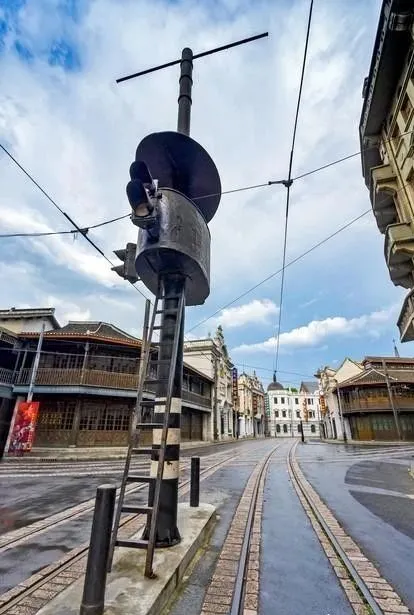
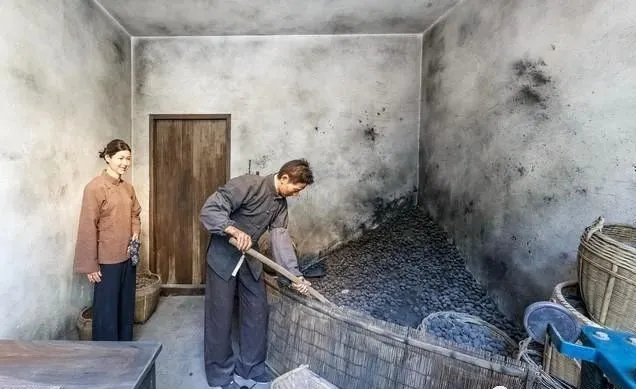
Coming here, you feel like you have traveled back to the Republic of China, recreating the classic scenes and buildings of Shanghai in the early 20th century. The small pieces full of old Shanghai style, such as Nanjing Road, Sincere Department Store, Mahler Villa, Song Ziwen’s former residence, Xujiahui Catholic Church, trams, telephone booths, etc., bring you back to that decadent era.
10.Sijing Ancient Town
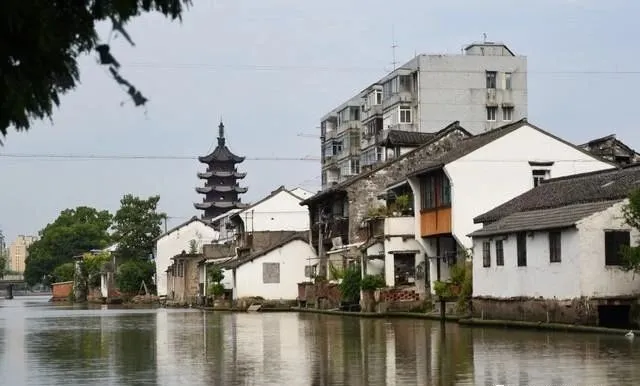
Sijing, an ancient town located in Songjiang District, Shanghai, is a thousand-year-old town in the Hui style. Sijing Town originally has a long history. There were villages here during the Tianbao period of the Tang Dynasty. During the Northern Song Dynasty, residential houses were built along the banks of the river, and the scale of Sijing Ancient Town began to take shape. During the Yuan Dynasty, Sijing Town developed into a real town, and Sijing Town prospered due to its convenient water transportation. Sijing Town is located in the northeast of Songjiang District and is named after the four rivers of Tongbojing, Waibojing, Dongjing and Zhangjing that converge here.
11.Nanxiang Ancient Town
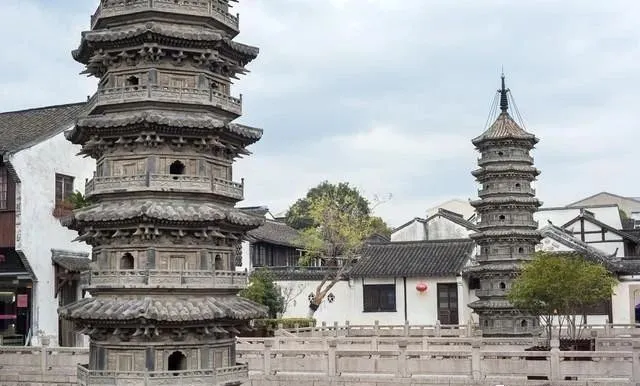
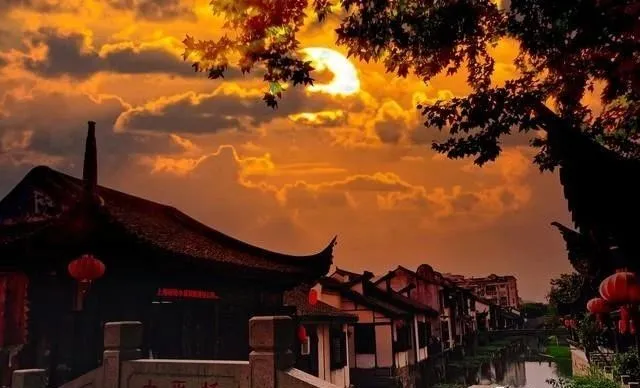
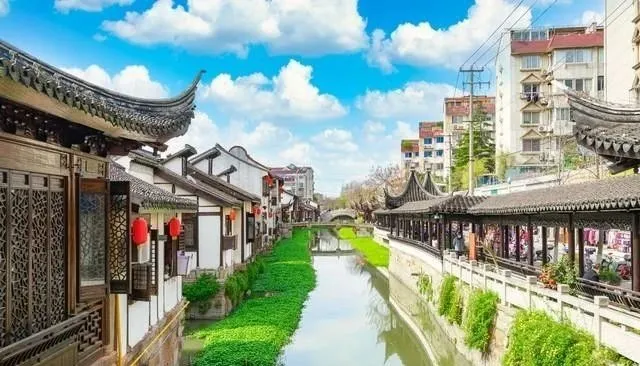
Nanxiang Ancient Town was formed into a town during the Song and Yuan Dynasties, and its business was prosperous. It was called Nanxiang Town in the Ming Dynasty, and later gradually became a large market town in the south of the Yangtze River. Nanxiang is located in the northwest of Shanghai and is the gateway connecting Jiading to Shanghai. Nanxiang is a thousand-year-old town. As early as the fourth year of Liang Tianjian in 505 AD, the White Crane Nanxiang Temple was built, and it was named after the temple. Later, the Five Dynasties brick towers – Shuangta, the beacon tower left by Han Shizong, a civilian general who fought against the Jin Dynasty in the Southern Song Dynasty – Hecha Mountain, and the garden built in the Ming Dynasty – Guqi Garden were built. It has a history of more than 1,500 years and is one of the four famous historical and cultural towns in Shanghai.
